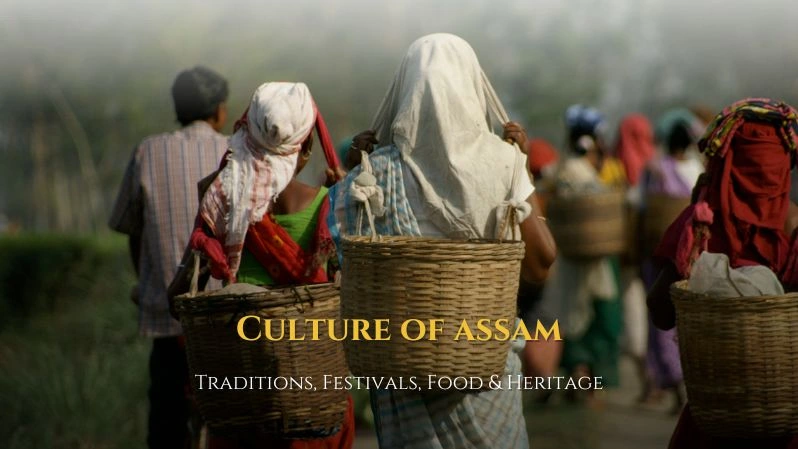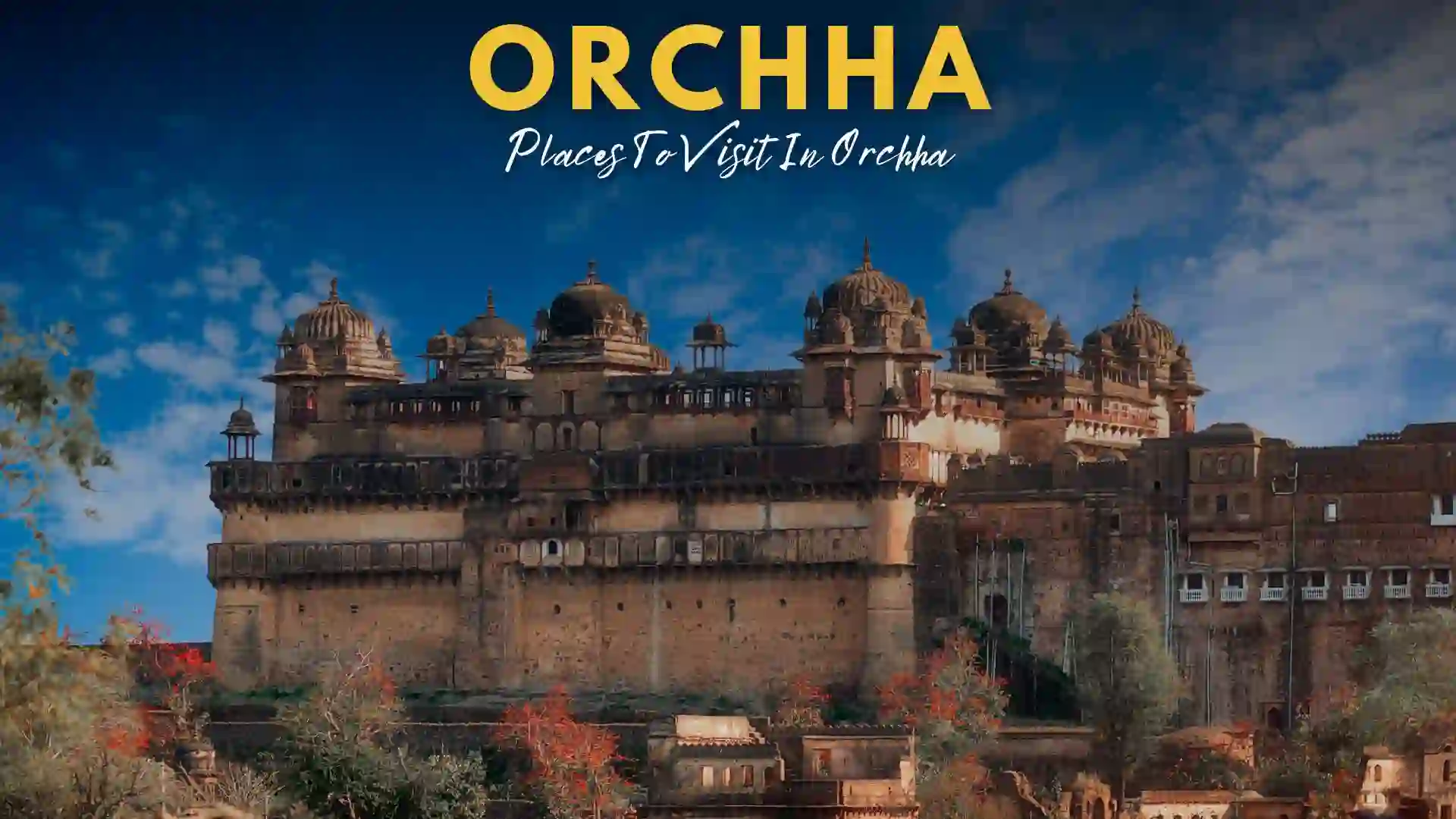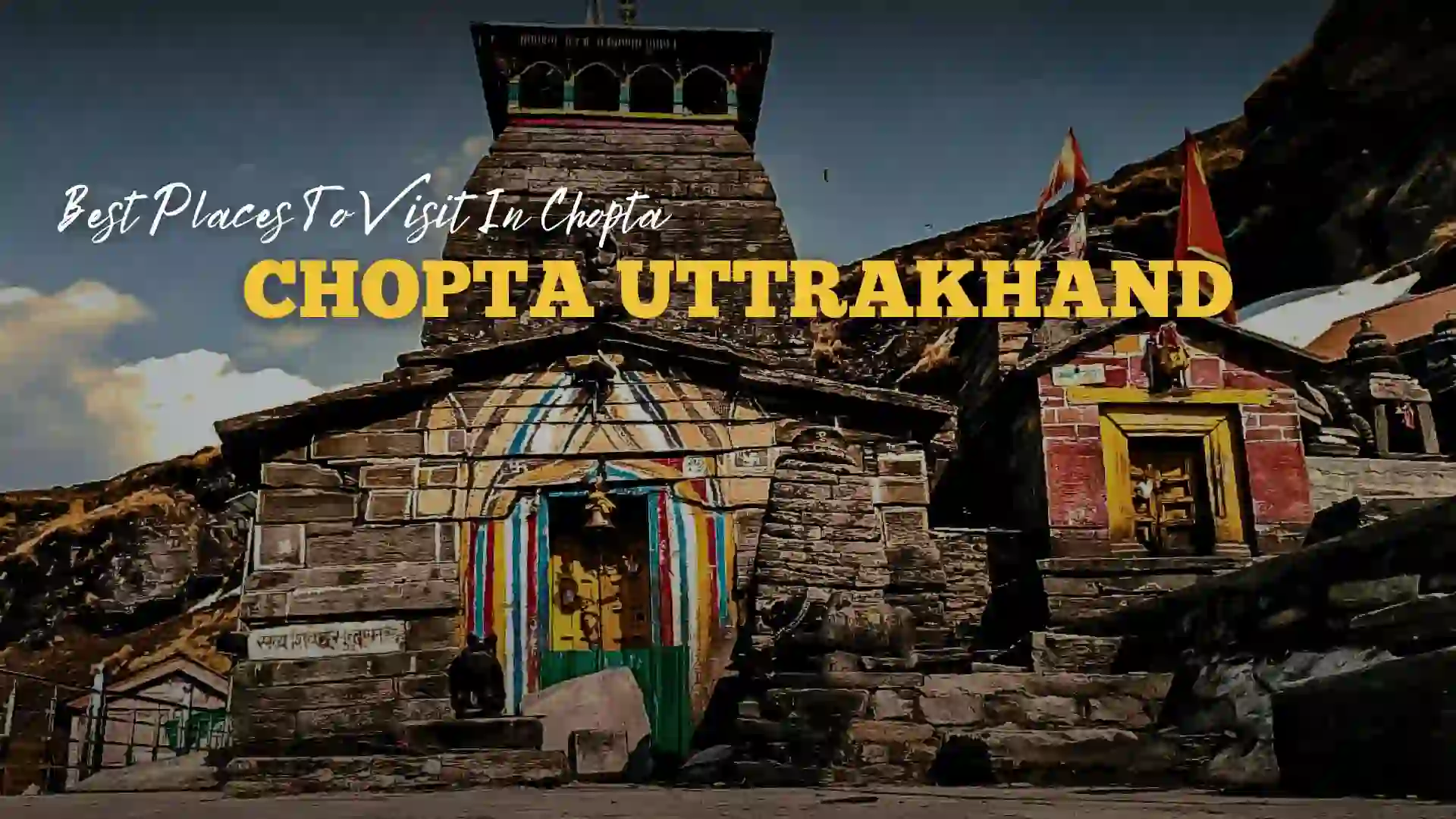If Assam were a person, it would be that charming friend who shows up with a dhol in one hand, a plate of steaming rice and fish in the other, draped in silk, and ready to break into a Bihu dance at any moment. From tea gardens to temple bells, and bamboo crafts to Bodo beats—Assam’s culture is a delightful mixtape of traditions that will steal your heart faster than a cup of strong Assamese chai!
Let’s dive into the blog and experience the beautiful Assam.
1. People and Ethnicity: A Land of Many Faces
There is a rich blend of communities in Assam and they are the people who have made the culture of the state what it is. The dominant ethnicities are the Assamese, Bodo, Mishing, Karbi, Rabha, Dimasa among some others, together with groups of Bengali and Nepali origin. This is because it leads to an engagement of a variety of linguistics, customs and ways of living in great harmony.
Assamese language is one that is widely spread and uniting one. Nonetheless, all the communities have managed to preserve their dialect and culture rendering Assam a mini-India of its own.
Read More: Best Places to visit in Assam
2. Festivals: The Heartbeat of Assamese Culture
Festivals are a very colorful, a very happy and deeply agricultural and seasonal event-which, in case there is one thing that really can enlace the spirit of Assam is the festivals
Bihu – The Soul of Assam
Bihu is not merely a festival of Assam, it is an emotion. The Rongali or Bohag Bihu (April), Kati Bihu (October) and Bhogali Bihu in January), are the celebrated three times in a year, and represent significant points in the farming calendar.
- Rongali Bihu, the most popular, celebrates the Assamese New Year with folk dances, songs, and community feasts.
- Bhogali Bihu is all about food, fun, and bonfires after the harvest.
- Kati Bihu is more spiritual, marked by prayers and lighting of lamps in paddy fields.
Other Festivals
- Baishagu (Bodo festival) celebrates spring with singing and dancing.
- Ali-Ai-Ligang (Mishing community) is another agrarian festival celebrated with colorful traditional attire and rice beer.
Read More: Unique Experience in India
3. Music and Dance: A Folk Symphony
Music in Assam is poetic and soulful and resembles rhythms of the nature and the life in a major way.
Bihu Dance and Music
Rongali Bihu is a famous dance form. Traditional mekhela chadors dancers, dance in the music of dhol, pepa (buffalo horn pipe) and gogona (bamboo instrument). They are usually light- hearted, romantic and happy songs.
Sattriya Dance
Sattriya is a classical dance of Assam based on the vaishnavite monasteries (Sattras) established by saint Srimanta Sankardev. It is of devotional character which is conducted as a piece of offering to Lord Krishna.
Other folk dances including the Jhumur, Bagurumba (by the Bodo people) and Deodhani (a dance connected with Shakti worship) add texture to culture too.
4. Handloom and Handicrafts: Woven Stories of Heritage
Assam is renowned through wonderful handlooms. Assamese identity is identified by the traditional female clothing, mekhela chador, and gamosa (a versatile cloth with red frontiers).
Silks of Assam
Assam produces three unique types of silk:
- Muga Silk – golden-hued and exclusive to Assam.
- Eri Silk – soft and warm, often called the “poor man’s silk.”
- Paat Silk – white, lustrous, and used for special occasions.
Handicrafts like bamboo and cane products, pottery, bell metal utensils, and traditional jewelry also reflect Assam’s artistic heritage.
5. Cuisine: A Flavourful Journey
The cuisine of Assamese is natural, easy and tasty. The cuisine of this state is related to the prosperity of agriculture and cultural multiplicity of the state.
Staple Ingredients
The staple food is rice and common source of protein is fish. The common ingredients include mustard, bamboo shoots, herbs and local greens. A large part is also played out by fermented food and pickles.
Popular Dishes
- Khaar – a unique dish made from raw papaya, pulses, and filtered water through sun-dried banana peels.
- Tenga – a tangy fish curry made with tomatoes, lemon, or thekera (a local sour fruit).
- Pitika – mashed vegetables or fish with mustard oil and green chillies.
- Pork with bamboo shoot – especially popular among tribal communities.
No Assamese feast is complete without a cup of freshly brewed Assam tea!
6. Religion and Spirituality
Assam is spiritually deep-set. Much of the religious and cultural identity of Assam is the legacy of the Vaishnavism which was imported by Srimanta Sankardev. The monasteries or the Sattras, are not only religious centers and they are also cultural centers.
There are also Shakti Peethas in Assam as Kamakhya Temple in Guwahati is considered as one of the strong centers of worshiping Shakti. The exclusive festival of divine feminine or the Ambubachi Mela is visited by thousands of visitors annually.
Tribal societies possess their native religions where the nature is worshipped and there is animism and rituals of the ancestors.
7. Literature and Art
The Assamese literature belongs to the 14 th century and the work of Sankardev in poetry, drama and bhakti (devotional people) songs is monumental. Contemporary Assamese writers such as Lakshminath Bezbaroa, Mamoni Raisom Goswami and Indira Goswami have made their presence felt on the national scene.
Traditional theatrical performance (Ankiya Naat), traditional paintings within the Sattras and modern art performed by young talents are also common in art.
8. Cultural Institutions and Preservation
Culture is preserved in the organization such as the Srimanta Sankaradeva Kalakshetra in Guwahati as a site of collecting the attributes of Assamese culture. Museums, dance academies or even the local festivals also assist in the preservation as well as the promotion of various forms through which the culture of the state is manifested.
Conclusion:
The culture of Assam is not confined to museums and ancient manuscripts but it beats in its music, streets, homes and hearts. The thing is that it can evolve without losing references to the past. Be it in a tea orchard having a sliced orange or a Bihu fest or a plate of tenga and rice, you are in a culture that is more friendly than its people.
Assam welcomes visitors in order to not only look, but also touch, experience and rejoice. So next time you want to go on a trip do not merely cross it but feel the spirit of Assam.




